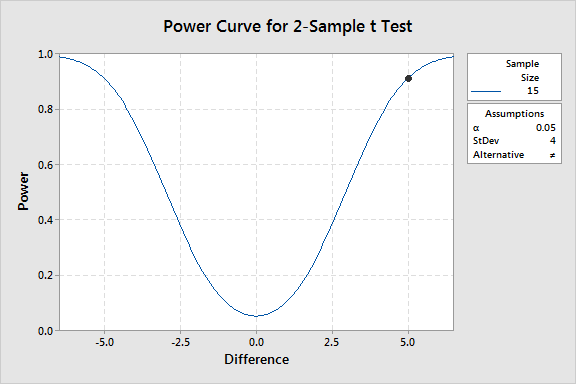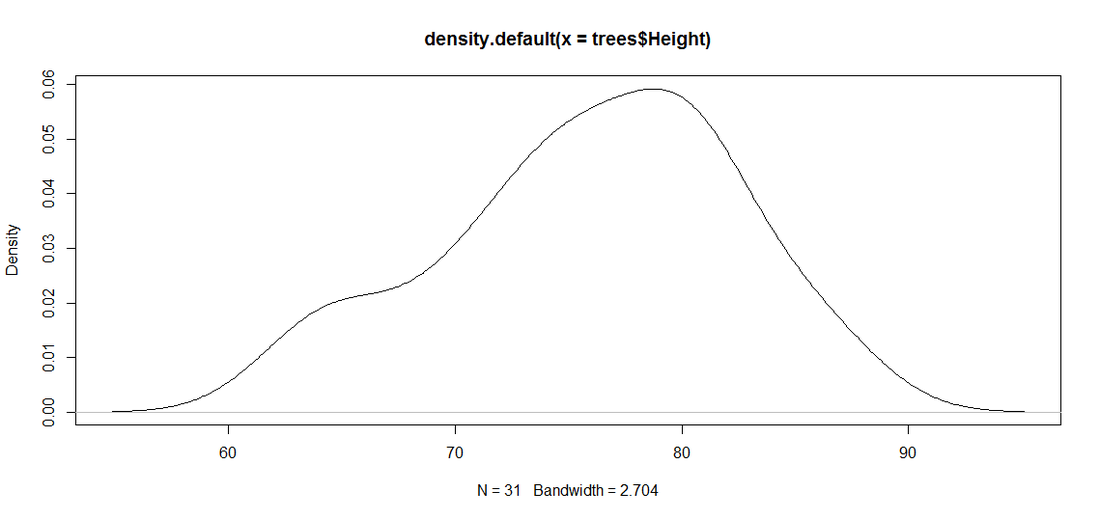

the correlation for the null hypothesis.the expected correlation between the variables of interest.To calculate the minimum sample size for a Pearson correlation test, we need the following: Before we collect any data, however, we want to estimate the minimum sample size that we need for our study. We plan to collect data from a sample of students, and then calculate a Pearson correlation coefficient to analyze this data. Imagine that we want to conduct a study to find out whether there is an association between the scores that students receive on their Spanish language exam and the number of minutes that they report studying for the exam. What do we Need to Calculate Sample Size for a Pearson Correlation? In the Significance level box, overtype the default value of 0.05 if applicable.Under Test direction, select Nondirectional (two-sided) analysis or Directional (one-sided) analysis as applicable.Ensure that the Use bias-correction formula in the power estimate box is checked.In the Null value box, you will typically leave the value as 0.

In the Pearson correlation parameter box, enter the expected correlation between your variables of interest.In the Single power value box, enter your desired power value (typically.For Estimate, ensure that Sample size is selected.Click Analyze -> Power Analysis -> Correlations -> Pearson Product Moment.


 0 kommentar(er)
0 kommentar(er)
